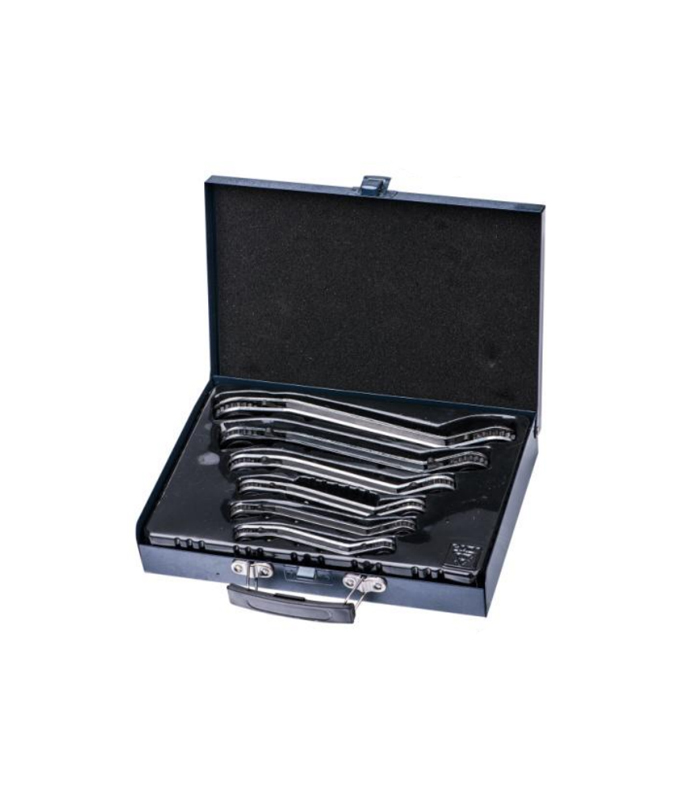

The tool should not be used arbitrarily as an ordinary […]
The tool should not be used arbitrarily as an ordinary tool in non-hazardous places, so as not to lose its due performance.
The training items of the socket mainly include the training of the size of the socket, the training of the general situation of the socket, the training of the matching accuracy of the socket, the detection of the socket wrench and the torque test of the socket. Among them, if the sleeve size training method is to be honed with general measuring tools and full-shape measuring tools, the size shortcomings of the sleeve should be defined in accordance with the national standard.
The second is the honed of the sleeve profile. The profile test mainly includes the profile quality of the sleeve and the roughness of the profile. For example, the inner and outer profile of the sleeve should not have defects such as cracks and scars that affect the operating function, hexagon or ten. The corners of the two corners are clear.
The matching accuracy of the sleeve is honed. The method of this test is to insert the square tenon of the sleeve attachment into the adjacent square hole 5 times in a row, and then lift the square tenon sleeve to prevent it from falling off. The various parts of the sleeve must be very carefully and intimately matched, and the assembly and disassembly should be innocent. The anti-dislocation beads and anti-dislocation pins of the copper alloy should not fall off.
Due to the properties of tool materials, tools are widely used in petroleum refining and petrochemical industry, coal mines, oil fields, gas chemical industry, gunpowder industry, chemical fiber industry, paint industry, fertilizer industry, and various pharmaceutical industries. Petroleum tankers and liquefied petroleum gas vehicles, airplanes, warehouses dealing in flammable and explosive products, electrolysis workshops, communication machine assembly workshops, places where tools are required to be rust-proof and anti-magnetic, etc.
Before using the tool, the gas location should be identified to determine whether the tool used has reached its performance.
Tools are in most flammable gases, but not in all cases. In wet ammonia, acetylene, certain ammonium salts, fluorine, chlorine, chromium ammonium, and certain dichromate media, the degree of corrosion is quite large. After some media come into contact with copper alloys, chemical reactions will occur, generating dangerous explosive substances, such as acetylene and copper compounding to form copper acetylene. Therefore, when using the tool, try to use it in a dry environment as much as possible. If it is impossible to avoid using it in a humid environment, speed up the operation as much as possible and reduce the working time to prevent greater corrosion and danger. Wipe clean at any time after use, and it is strictly forbidden to pack it in the same box with corrosive substances.
The tool is a kind of protective equipment, so users should buy products that have passed the accredited performance test. They should carefully understand the scope of application, performance, characteristics, use methods and precautions specified in the manual when purchasing.
www.ratchetspanner.com

Yuyao Golden Sun Tools Co., Ltd.